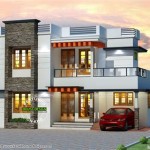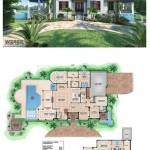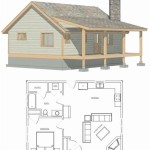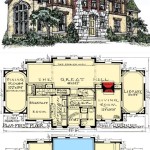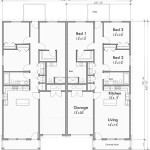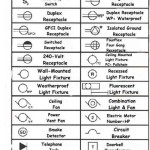Drawing Up Plans For A House
Building a house is a significant undertaking, requiring careful planning and execution. A crucial initial step is the creation of comprehensive house plans. These blueprints serve as the roadmap for the entire construction process, guiding architects, builders, and various contractors. Well-drafted plans minimize costly errors, ensure structural integrity, and help realize the homeowner's vision.
The process of drawing up house plans typically involves several phases, starting with an initial consultation with an architect or building designer. During this consultation, the homeowner's needs, preferences, and budget are discussed. Factors such as the desired size of the house, the number of rooms, architectural style, and the intended use of various spaces are explored in detail. The site itself also plays a significant role. Its topography, orientation, and local building codes will influence the design.
Following the initial consultation, the architect or designer will develop preliminary sketches. These sketches offer a visual representation of the proposed layout and design, providing a starting point for further refinement. Clients can review these sketches and provide feedback, allowing for adjustments and revisions before the final plans are drafted.
Once the preliminary sketches are approved, the process moves to the development of detailed floor plans. These plans depict the layout of each floor, showing the exact dimensions of rooms, the location of walls, doors, windows, and fixtures. Accurate measurements and precise placement details are crucial at this stage, ensuring the functionality and flow of the finished home.
In addition to floor plans, elevation drawings are also essential. These drawings provide a view of the house from different exterior angles, showcasing the exterior design elements such as rooflines, windows, doors, and exterior finishes. Elevations help visualize the overall aesthetic of the house and ensure a cohesive design.
Cross-sections and building sections are another critical component of house plans. These drawings provide a vertical view of the house, cutting through the structure to reveal the internal construction details. They show the framing, insulation, and other structural elements, offering insights into the building's construction methodology.
Detailed specifications accompany the drawings, providing further information about the materials to be used, the construction methods, and the quality of finishes. These specifications ensure consistency and quality throughout the construction process, minimizing discrepancies and ensuring the final product aligns with the approved plans.
The use of Computer-Aided Design (CAD) software has revolutionized the process of drawing up house plans. CAD software allows architects and designers to create precise and detailed drawings, enabling them to explore various design options and visualize the finished product in three dimensions. This technology facilitates collaboration and communication among stakeholders, ensuring that everyone is on the same page.
Building codes and regulations play a critical role in the design and construction of houses. Local authorities have specific building codes that dictate various aspects of the construction, including structural integrity, fire safety, energy efficiency, and accessibility. Adherence to these codes is mandatory, ensuring the safety and habitability of the dwelling.
Working with experienced professionals is crucial throughout the entire house planning process. Architects and building designers possess the necessary expertise to navigate the complexities of building codes, optimize space utilization, and ensure structural soundness. They can offer valuable insights and guidance, helping homeowners make informed decisions and avoid potential pitfalls.
Effective communication between the homeowner, the architect, and the builder is paramount. Clear and consistent communication ensures that everyone understands the project requirements, minimizing misunderstandings and delays. Regular meetings and progress updates facilitate a smooth and efficient construction process.
Sustainable design principles are increasingly being incorporated into house plans. Energy-efficient features, water conservation measures, and the use of environmentally friendly materials are being prioritized to minimize the environmental impact of the building and reduce long-term operating costs.
Budget considerations are another crucial aspect of the house planning process. Developing a realistic budget and adhering to it throughout the project is essential to avoid cost overruns. Careful planning and value engineering can help optimize the use of resources without compromising on quality or functionality.
The process of drawing up house plans involves much more than simply creating a set of drawings. It requires careful consideration of various factors, including the homeowner's needs, the site conditions, building codes, and budget constraints. A collaborative approach, involving experienced professionals and open communication, is essential for successful project completion.

Drawing Up Floor Plans Dreaming About Changes Young House Love

Floor Plan Creator And Designer Free Easy App

House Plans How To Design Your Home Plan

House Plans How To Design Your Home Plan

How Long Does It Take To Draw Up House Plans

Ready To Use Sample Floor Plan Drawings Templates Easy Blue Print Floorplan Ezblueprint Com Drawing Plans Classroom

Make Your Own Blueprint How To Draw Floor Plans

Make Your Own Blueprint How To Draw Floor Plans Drawing House Sketch Plan Blueprints

House Plans How To Design Your Home Plan

House Plans How To Design Your Home Plan

